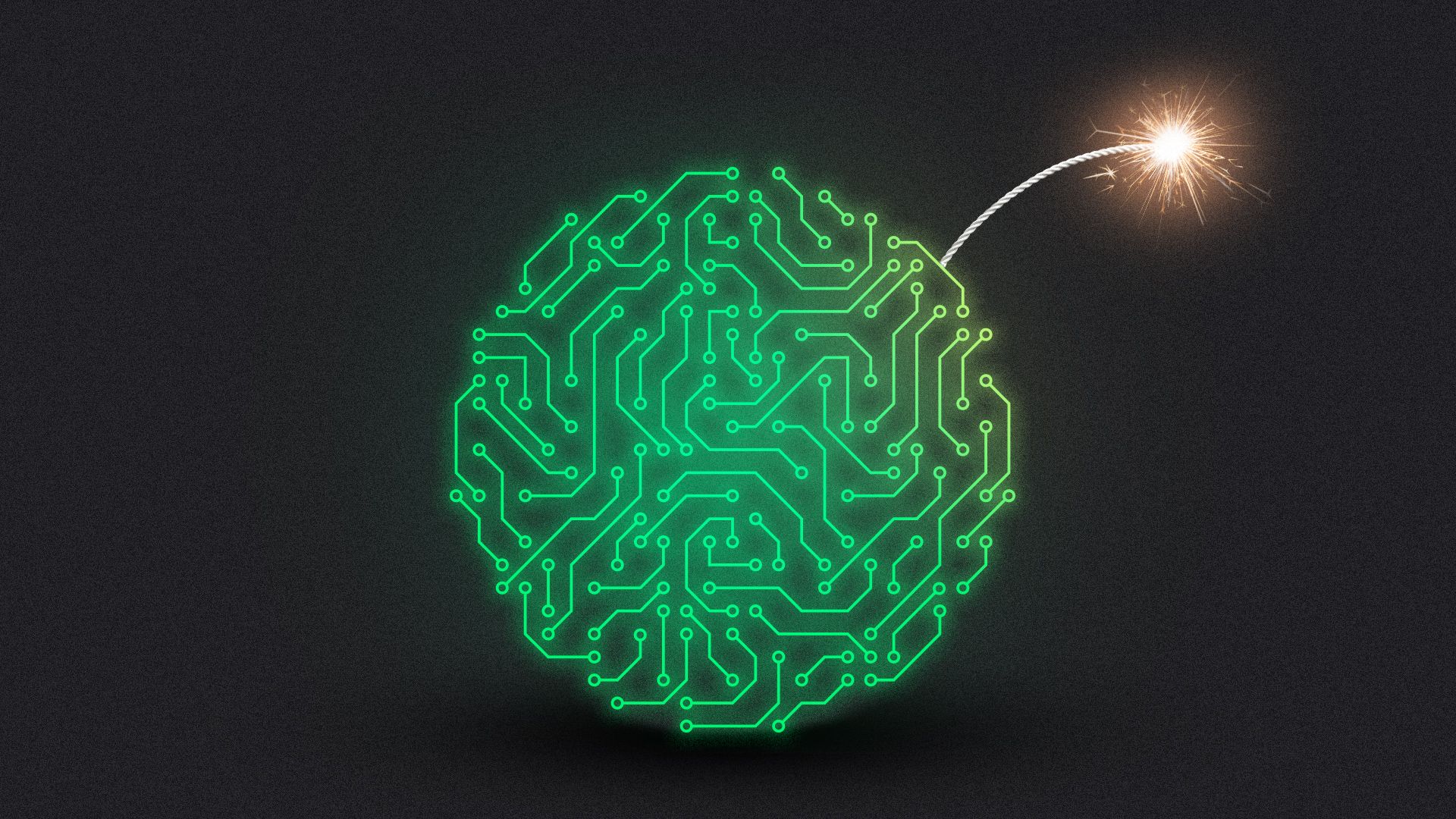AI is reshaping the threat landscape of cybersecurity — and not in a distant-future sense. Hackers are already experimenting with generative models that can automate the entire attack chain: finding vulnerabilities, crafting exploit code, and customizing phishing messages in seconds. As one security expert warned, “It’s definitely going to come. The only question is: Is it three months? Is it six months? Is it 12 months?” (Axios, Oct 2025).
The emerging concern isn’t just that AI can make attacks faster; it’s that it can make them smarter and eerily personal. A recent Microsoft study found AI-generated phishing emails achieved a 54% click-through rate, compared with just 12% for traditional scams. That’s not a small improvement — it’s a sign that deception at scale has arrived.
Nation-state groups are embracing this new toolkit with alarming speed. Chinese hackers are using AI as an “assistant” in influence operations, while Russian actors have begun testing AI-powered malware in real-world campaigns against Ukrainian targets. Other adversaries in Iran and North Korea are also exploring ways to weaponize generative models, blending automation with long-standing espionage tactics.
The private sector is already feeling the impact. In a 2025 survey of 500 U.S. cybersecurity experts, half of respondents in critical infrastructure organizations said they had faced an AI-powered attack in the past year. Financial services followed close behind at 45%, with technology, manufacturing, and healthcare sectors not far behind. These aren’t hypothetical risks — they’re active fronts in an escalating cyber arms race.
Yet there’s a counterforce emerging. Security teams are turning to AI themselves, training defensive systems to detect anomalies and respond in real time. More than 80% of major companies now use AI in their cybersecurity operations, and the results are tangible: one transportation manufacturer reportedly reduced its incident response time from three weeks to just 19 minutes.
This defensive automation hints at a potential tipping point. As former CISA director Jen Easterly noted, autonomous AI could soon “spot cyber intrusions before they happen” and “deploy countermeasures in milliseconds.” If defenders can stay ahead, they might finally gain an upper hand against digital adversaries.
The balance between offense and defense has never been so delicate. The same technology that makes cyberattacks devastatingly efficient could, in capable hands, render them obsolete. The race is now between those who exploit AI — and those who master it to protect us.
